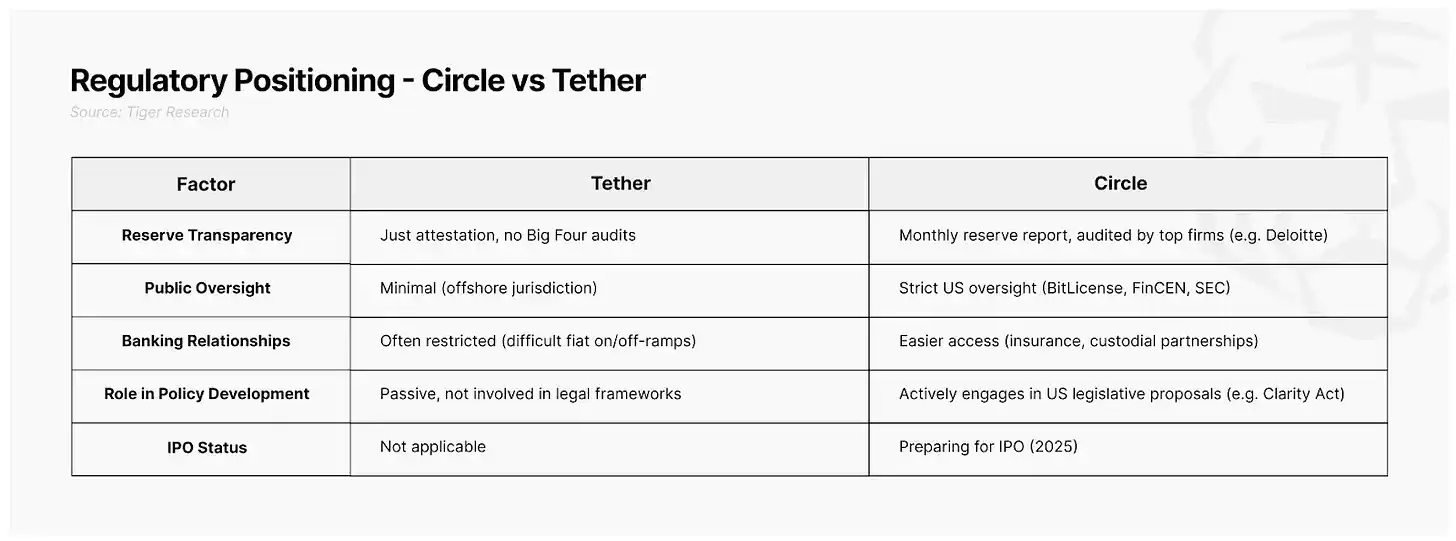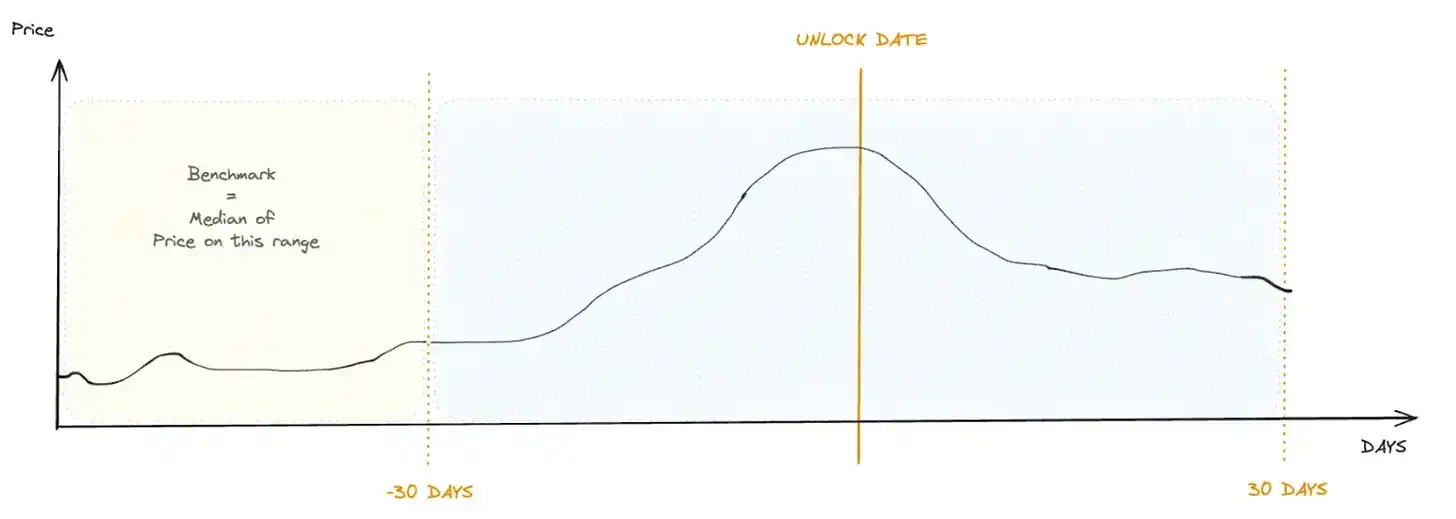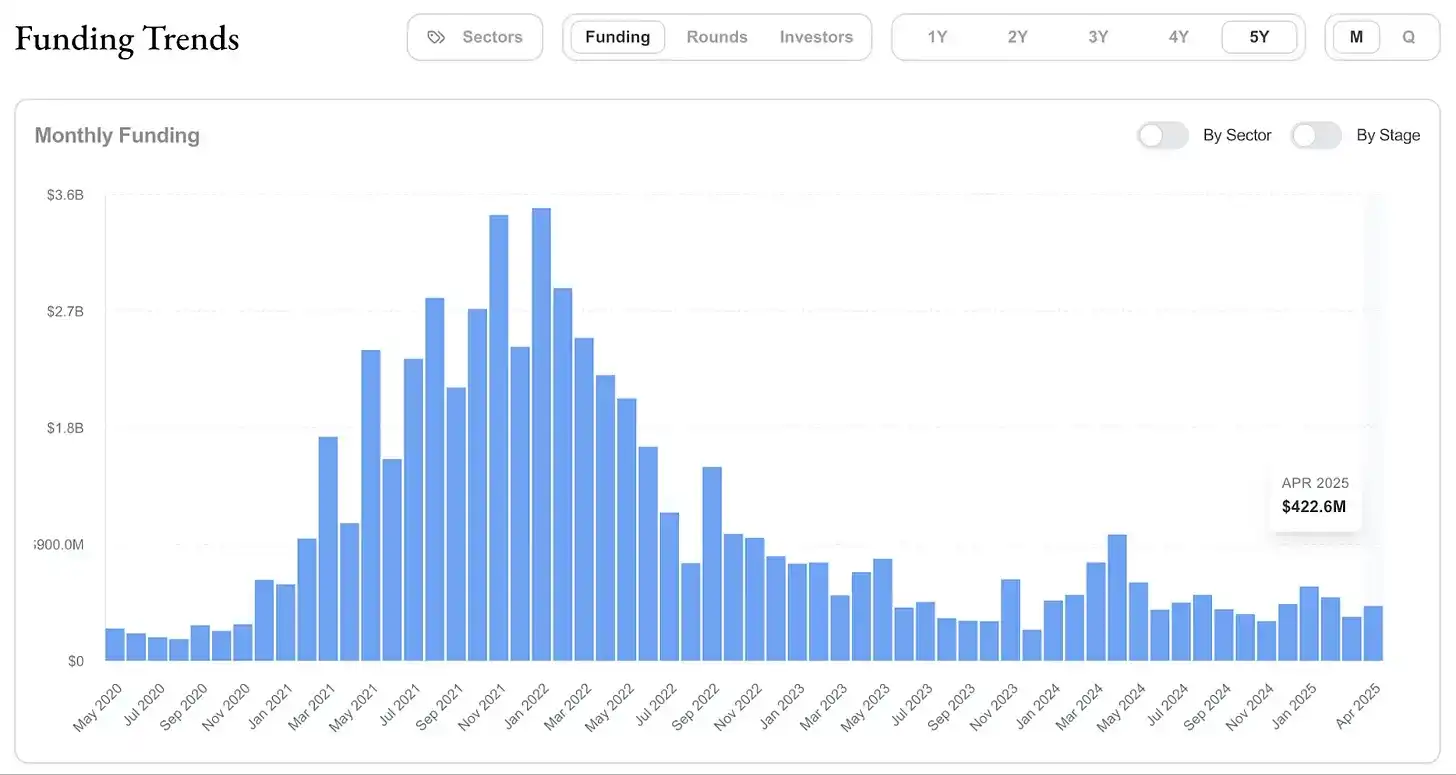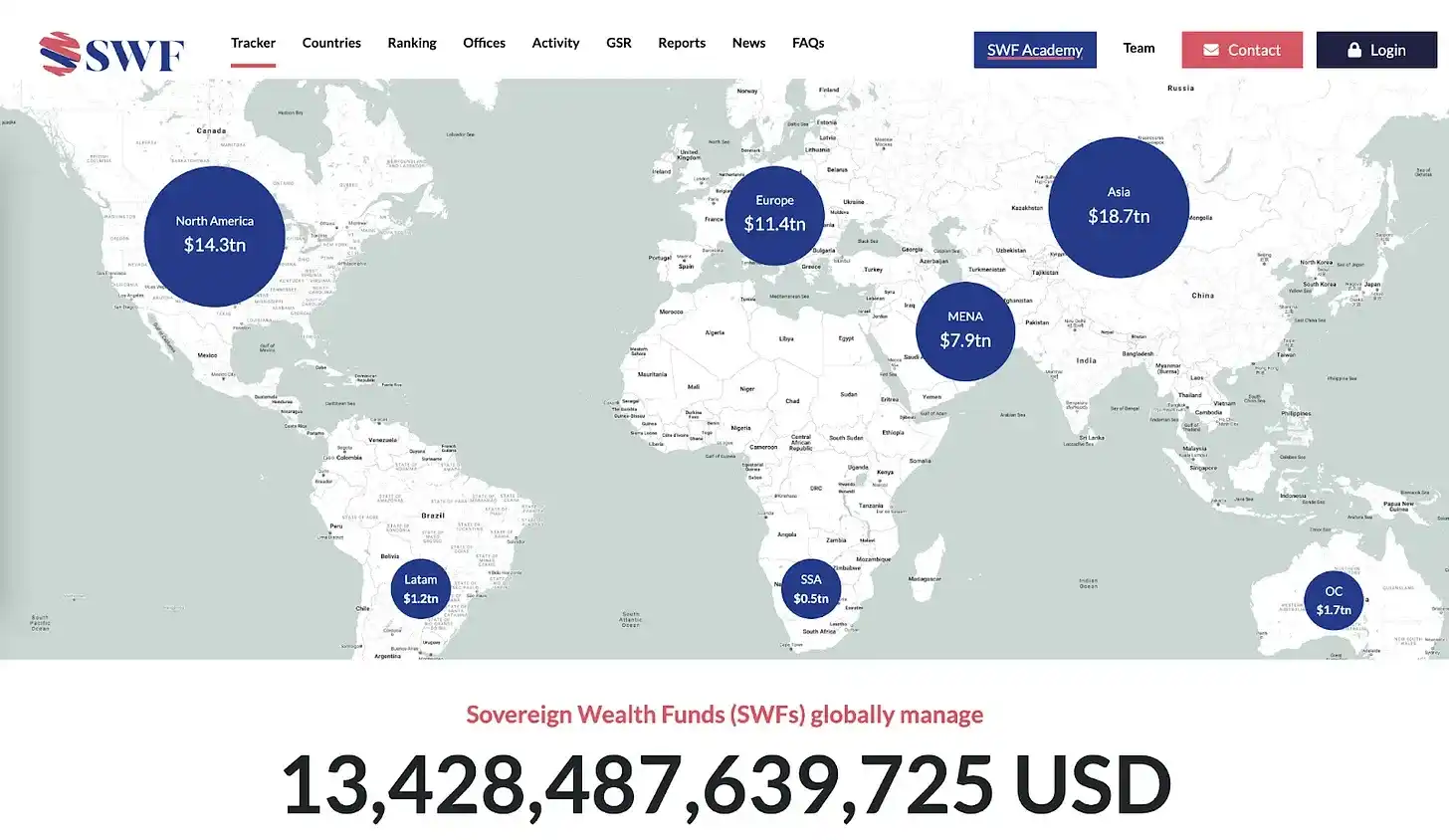Summary of key points
- Web3 companies use IPOs as a strategic tool to build a formal regulatory framework, which not only wins the trust of institutional investors and regulators, but also achieves deep integration with traditional financial markets.
- The token financing model exposes structural defects such as sharp price fluctuations, regulatory ambiguity and liquidity management pressure, highlighting the necessity of transitioning to IPO.
- It is expected that centralized exchanges (Bithumb, Kraken), stablecoin issuers (Circle, Paxos), and Web3 solution providers (Chainalysis, Nansen) will lead the IPO wave, expand institutional funding channels and strengthen global competitiveness through listing.
1. From tokens to stocks: IPO transformation trend in Web3 industry
Circle, the issuer of the stablecoin USDC, has submitted an initial public offering (IPO) application to the U.S. Securities and Exchange Commission (SEC). This move has attracted widespread attention in the Web3 industry about the IPO path.
Web3 companies have always preferred the token financing model: directly reaching retail investors through ICO (initial coin offering) and IDO (decentralized exchange initial offering), and selling future token rights to institutional investors through SAFT (Simple Agreement for Future Tokens). These methods have contributed to the early explosive growth of the Web3 industry, but the sharp fluctuations in token prices and regulatory uncertainty continue to plague institutional investors, and the token model seriously restricts institutional investors from realizing investment returns.
In this context, IPO becomes an alternative. Web3 companies can obtain more stable and long-term financial support through IPOs, reduce legal uncertainty through proactive compliance, establish a standardized corporate valuation framework, and reach a wider investor group. This report deeply analyzes the core motivations of Web3 companies' transition from token model to IPO, and evaluates the impact of this transformation on the industry ecosystem and future prospects.
2. The underlying logic behind Web3 companies choosing IPOs
2.1 Regulatory trust as a strategic asset
Web3 companies are turning IPOs into a “regulatory compliance certification mark.” Just as food companies win consumer trust through quality certification, IPOs allow Web3 companies to clearly demonstrate their compliance efforts to the market. This strategy is particularly effective in trust-driven business areas such as stablecoin issuance and custody services.

Circle's continued push for an IPO confirms its strategic value. The company attempted a SPAC listing in 2021 but failed and now plans to go public again in early 2025. Since 2018, Circle has established the credibility of stablecoins by obtaining a New York State BitLicense and regularly releasing reserve reports, but the lack of formal market verification has only gained limited trust. The IPO enables Circle to formally establish its credibility through the SEC’s standardized disclosure framework, and obtain a “market access passport” comparable to Tether, enabling it to collaborate with global financial institutions and enter a wider range of traditional markets.
Coinbase verifies the value of its compliance strategy through IPO. The exchange insisted on strict legal compliance before its IPO and quickly expanded its suite of services after listing: it established a strategic partnership with BlackRock, provided ETF custody services, and established liaisons with more than 150 government agencies. This development trajectory shows that institutional investors formally recognized Coinbase's compliance efforts through the IPO, and this recognition turned into a key competitive advantage in building trust.
2.2 Structural Dilemma of Token Financing
Token financing plays a key role in the early development of the Web3 industry, providing a fast and efficient financing channel. However, companies need to deal with unique complexities after issuing coins: they must rely on centralized exchanges (CEX) to expand investor coverage, and the exchanges use opaque and subjective listing standards to create significant uncertainty; after listing, they need to provide direct liquidity or ensure market-making cooperation. In contrast, the traditional IPO process follows standardized procedures and a clear regulatory framework.

Token unlocking events are often accompanied by a sharp drop in price. Source: Keyrock
Price volatility poses another core issue. Large-scale token unlocking has caused serious market price fluctuations. Keyrock data shows that 90% of unlocking events have led to price drops, and team token unlocking has caused an average of 25% price plunges. This price collapse makes it difficult for institutional investors to realize a return on their investments, reinforcing their negative perception of the token model.

Crypto VC funding plummets: 2021-2025, source: Decentralised.co
This trend is substantially changing the landscape of the crypto venture capital market. According to Decentralised.co, global crypto venture capital investment will drop by more than 60% from 2022 to 2024. Singapore’s ABCDE Capital recently suspended new project investments and fund raising, indicating a visible shift in the market.
It is difficult for enterprises to effectively connect the token economic model with operational reality. Aethir and Jupiter have achieved considerable revenue in the Web3 industry, but these business achievements rarely correlate with token prices and often blur the business focus. Fireblocks and Chainalysis mainly provide centralized services rather than token products, and their coin issuance lacks organic fit and clear necessity. Designing and verifying the utility of tokens has become a major challenge, which not only distracts the focus of existing businesses, but also brings additional regulatory and financial complexities, prompting Web3 companies to turn to IPOs to seek breakthroughs.
2.3 Expanding investor coverage

The global sovereign wealth fund management scale exceeds 13 trillion US dollars, source: globalswf.com
IPOs provide the biggest advantage for Web3 companies: access to large institutional capital that is difficult to reach through token financing. Due to internal compliance policy restrictions, traditional financial institutions, pension funds, and mutual funds cannot invest directly in cryptocurrencies, but they can invest in stocks of listed companies on regulated securities markets. Global sovereign wealth funds manage approximately $13 trillion in assets, which reveals the scale of the potential funding pool that Web3 companies can access through IPOs.
Even in regions with strict crypto regulation such as South Korea and Japan, IPOs can create effective indirect investment channels. Although Korean institutional investors cannot invest directly in Bitcoin ETFs, they can indirectly participate in the crypto market through listed companies such as Coinbase and MicroStrategy; Japanese investors can avoid high crypto transaction taxes and obtain efficient crypto asset investment opportunities through Metaplanet stocks. This expanded suite of accessibility will facilitate participation by diverse investors and provide legal and stable investment tools within a regulatory framework.
2.4 Strategic value as a flexible financing tool
IPOs allow companies to efficiently obtain large-scale capital. Coincheck and Coinbase successfully raised funds through IPOs and implemented aggressive business diversification : Coincheck used the funds from its Nasdaq listing to acquire Next Finance Tech; Coinbase enhanced its global competitiveness by acquiring FairX (derivatives exchange), One River Digital (asset management company), and BUX Europe (entrance to the EU market). While the specific contribution of IPO funds to these acquisitions was not disclosed, it is likely to provide an important foundation for the expansion strategy.
IPOs also give companies the ability to use stock as payment for mergers and acquisitions. Public companies can implement M&A transactions through stock consideration, reducing their reliance on cash or volatile crypto assets. This operation enables efficient capital management and strategic partnership building. After listing, companies can continue to use diversified capital market tools such as new share issuance, convertible bonds, and rights issues to achieve continuous and flexible financing that matches their growth strategies.
3. Future Outlook of Web3 Industry IPO Market
In the next few years, IPO activities in the Web3 field will increase significantly, which not only reflects the acceleration of the Web3 institutionalization process, but also benefits from successful cases such as Coinbase that raised huge funds through public offerings and achieved global expansion. Centralized exchanges, custody service providers, stablecoin issuers and Web3 solution companies will lead this wave of IPOs.
3.1 Centralized exchanges and custodian service providers
Exchanges such as Bithumb, Bitkub, and Kraken and custodians such as BitGo are the main candidates for IPOs. These companies build competitive advantages through compliance construction and asset security, and need to enhance their institutional credibility and market strength through IPOs. Its revenue is highly correlated with the crypto market cycle, and IPO funds will help it expand new businesses and achieve stable income.
3.2 Stablecoin Issuers
Following Circle, compliant stablecoin issuers such as Paxos may follow up with IPOs. The stablecoin market values transparent reserves and clear supervision. IPOs can both demonstrate a compliance framework and build market trust. As global regulations such as the EU MiCA and the US Stablecoin Act continue to evolve, IPOs will give issuers important strategic advantages.
3.3 Web3 Solution Companies
Web3 analysis companies such as Chainalysis and Nansen are also key candidates for IPO. These companies provide professional services to government and institutional clients and need to enhance their market credibility and consolidate their global leadership through IPOs. The funds raised from the IPO will be invested in technology upgrades, international expansion and talent introduction to build a foundation for sustainable development.
4. Conclusion
The rise of Web3 industry IPOs marks a clear shift toward mainstream capital markets. Web3 companies not only obtain funds through IPOs, but also formalize regulatory compliance, attract institutional investors, and enhance global competitiveness. Against the backdrop of continued shrinking crypto venture capital, IPOs provide a stable and flexible financing alternative.
But IPO is not suitable for all Web3 companies. Even companies that choose to IPO are unlikely to completely abandon token financing. Although IPOs can provide broader funding channels, stronger credibility and easier access to global markets, they require a lot of compliance costs, internal control construction and public disclosure. The token model supports rapid early-stage financing and fosters an active community ecosystem.
Companies can strategically combine the two models : exchanges can establish institutional trust through IPOs to achieve global expansion, while using tokens to increase user engagement and loyalty. Web3 companies need to carefully choose the optimal combination of IPO and token issuance based on their business model, development stage and market strategy.






